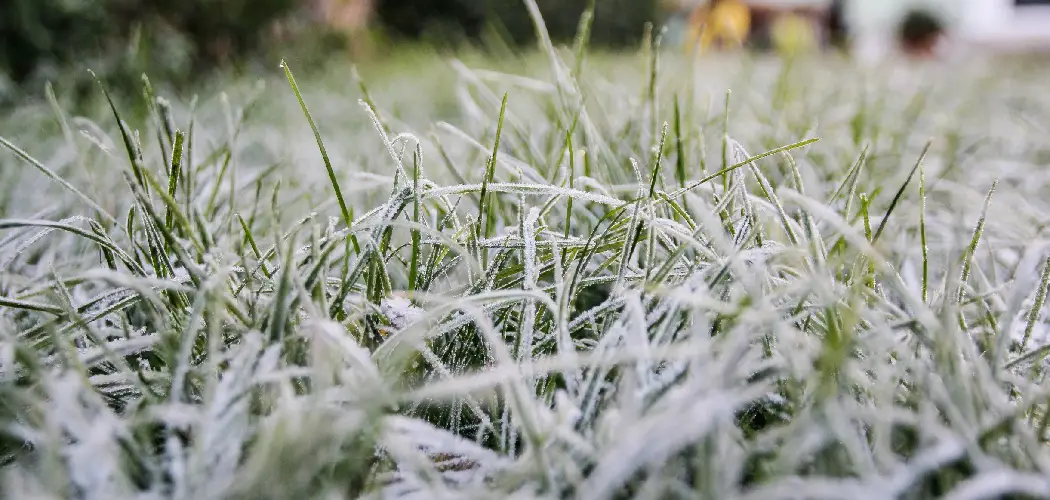Are You Planting New Grass Seeds to Give Your Lawn a Refreshing Makeover? You’re Not Alone if You’ve Been Dreaming of a Lush, Vibrant Green Lawn All Summer. Adorning Your Outdoor Space With Fresh Grass is an Exciting Prospect With Great Rewards.
But Before You Can Bask in the Beauty of a Fully Grown Turf, There Are Some Important Steps to Protect New Grass Seedlings From Frosty Temperatures and Other Elements Mother Nature Throws Their Way During This Initial Growth Period.
Nothing is more satisfying than seeing lush green blades of grass sprouting up from the soil. But it can also feel discouraging when unexpected cold temperatures threaten their growth. To help protect your newly planted seedlings, consider taking action before frost becomes an issue.
In this blog post, we’ll show you how to protect new grass seedlings from frost and nurture healthy growth for your new grass seedlings. Follow these simple tips and tricks and watch your dream lawn come to life – without fear of unexpected environmental threats!
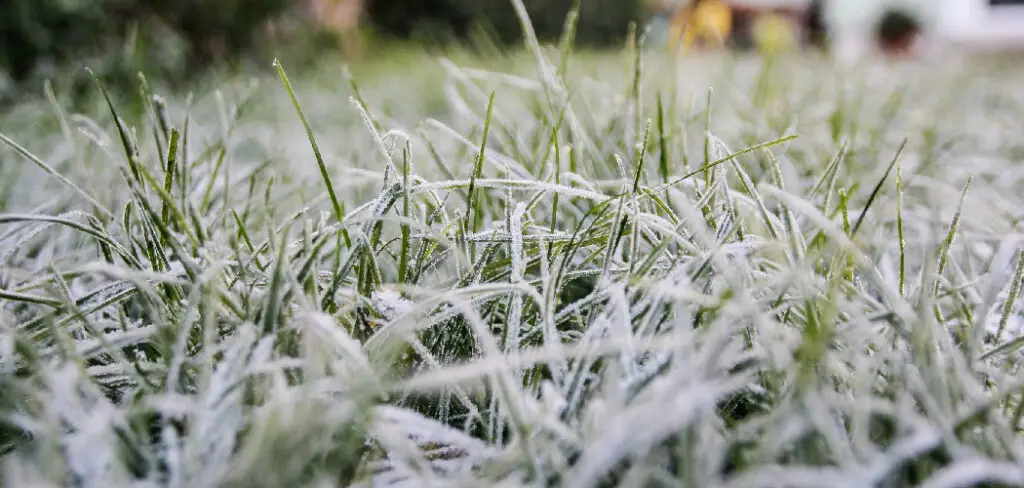
Necessary Items
Before diving into the steps to protect your new grass seedlings, let’s first go over some necessary items to get started. These include:
- Garden hose or sprinkler system
- Mulch (such as straw or wood chips)
- Burlap or bed sheets
- Frost blankets or floating row covers
- Thermometer
10 Steps on How to Protect New Grass Seedlings From Frost
1. Monitor Weather Forecasts:
Monitor your local weather forecasts to stay informed about any potential frost warnings. This will give you a heads-up and allow you to take preventative measures before it’s too late.
2. Water Your Lawn:
Watering your lawn before a frost can help insulate the soil and protect the seedlings from freezing temperatures. It also helps keep the grass blades moist, preventing them from drying out in cold weather.
3. Spread Mulch:
Mulching is an excellent way to regulate soil temperature, keeping it warmer during frosty nights. Spread a layer of straw or wood chips over your seedlings to provide insulation for the soil and protect the new grass from freezing temperatures
.
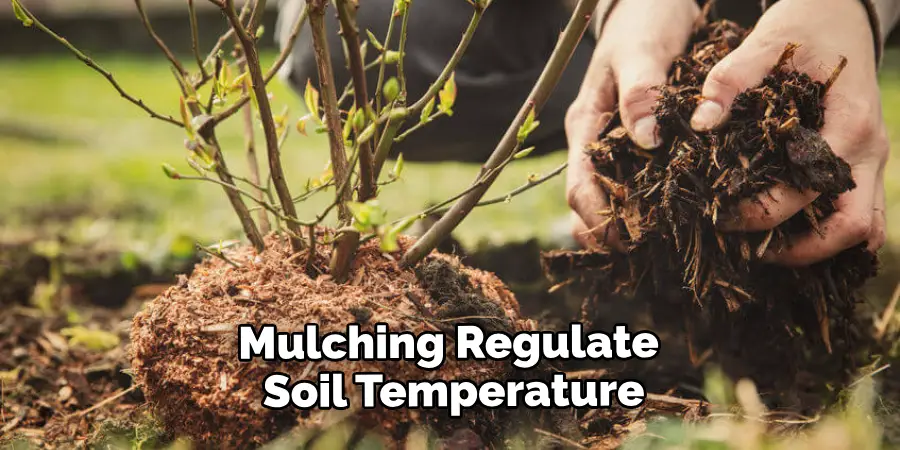
4. Cover with Burlap:
If you expect a light frost, covering your grass seedlings with burlap can help shield them from cold temperatures and wind. Simply drape it over the lawn and secure it with rocks or stakes.
5. Use Bed Sheets:
In a pinch, bed sheets can be a protective covering for your grass seedlings. Simply drape the sheets over the lawn like burlap and secure them in place.
6. Invest in Frost Blankets:
Frost blankets are specifically designed to protect plants from cold temperatures. They are made of a breathable fabric that allows light, water, and air to pass through while still providing insulation for the seedlings.
7. Try Floating Row Covers:
Floating row covers are another great option for protecting new grass seedlings from frost. They work similarly to frost blankets but act as a barrier against pests.
8. Avoid Plastic Covers:
While covering your seedlings with plastic may seem like a good idea, it’s not recommended. Plastic does not allow for proper air and water circulation, which can lead to suffocation and damage to the seedlings.
9. Check Soil Temperature:
Invest in a thermometer to measure the soil temperature before covering your seedlings. If the temperature is above freezing, covering them may not be necessary.
10. Remove Coverings in the Morning:
Once the sun comes out and temperatures rise above freezing, remove any coverings you have used to protect your grass seedlings. This will allow for proper air circulation and reduce the risk of damage to your lawn.
Now that you know how to protect your new grass seedlings from frost, you can confidently plant your lawn and watch it grow into a beautiful oasis. Remember to keep an eye on the weather forecasts and take necessary precautions to ensure the success of your newly planted seedlings. Happy gardening! Overall, it’s important to stay vigilant and take preventative measures when protecting new grass seedlings from frost.
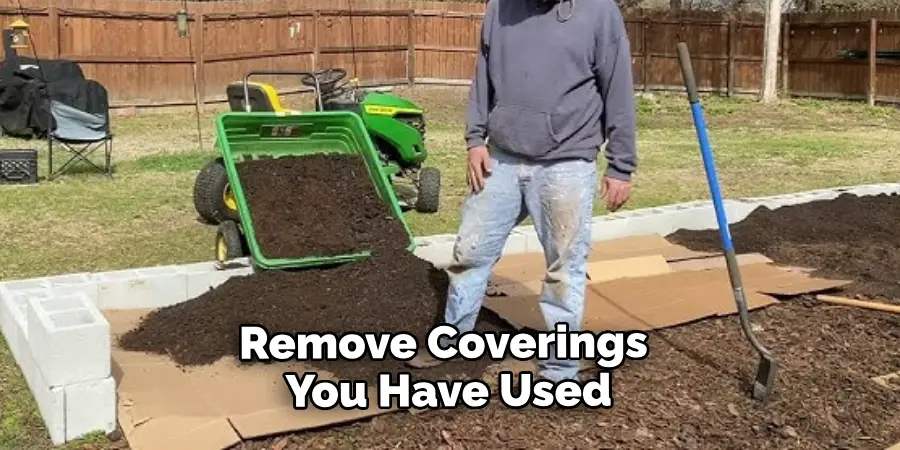
8 Care Tips for Your New Grass Seedlings
In addition to protecting your grass seedlings from frost, there are other steps you can take to ensure their healthy growth. Here are eight care tips for your new grass seedlings:
1. Water Regularly
Ensure the soil stays moist but not saturated by watering every day or every other day. This will help the roots establish themselves and encourage healthy growth.
2. Don’t Cut Too Soon
Avoid mowing your new grass until it has reached a height of at least 3 inches. This allows the root system to become stronger and better withstand trimming.
3. Fertilize Properly
Wait until your new grass seedlings have been established for at least six weeks before fertilizing. Use a slow-release fertilizer to prevent burning the young plants.
4. Aerate the Soil
Aerating your lawn can promote better drainage and allow air, water, and nutrients to reach the roots of your new grass seedlings.
5. Keep Weeds at Bay
Weeds can compete with your new grass seedlings for nutrients and water. Keep them in check by pulling them out or using a weed killer.
6. Adjust Watering Schedule
As your new grass seedlings grow, their water needs will change. Adjust your watering schedule to ensure they get the right amount of moisture.
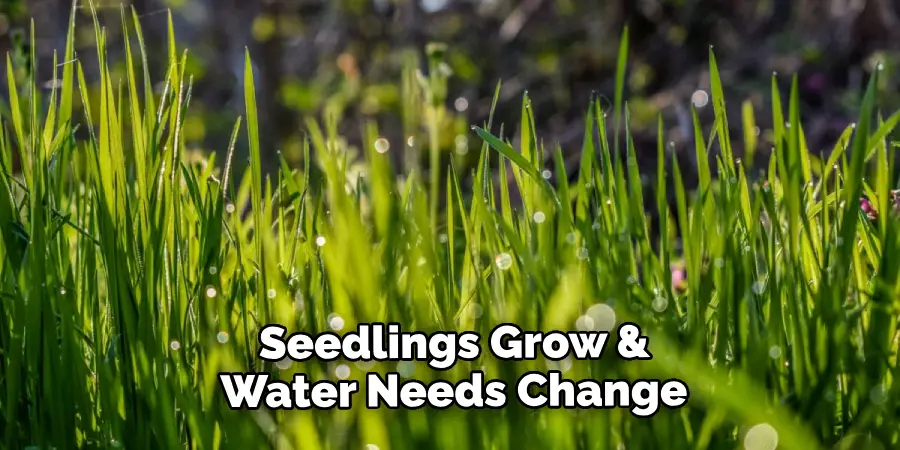
7. Be Mindful of Foot Traffic
Avoid walking on your new grass seedlings as much as possible to prevent damage to the delicate blades. Consider setting up temporary pathways or stepping stones until the lawn is fully established.
8. Patience is Key
It takes time for a beautiful, lush lawn to grow. Be patient and give your new grass seedlings the time and care they need to thrive. You’ll soon have a healthy and vibrant lawn with proper maintenance.
Planting new grass seedlings can be an exciting project, but taking the necessary precautions to protect them from frost and ensure their healthy growth is important. Following these tips and tricks, you can successfully navigate potential environmental threats and watch your dream lawn come to life. Remember to stay vigilant, be patient, and enjoy growing a beautiful and thriving lawn.
Frequently Asked Questions
How Often Should I Water My New Grass Seedlings?
It’s important to keep the soil moist but not saturated. Water every day or every other day, depending on the weather and moisture levels. As the seedlings grow, adjust your watering schedule accordingly.
When Can I Start Mowing My New Grass?
Wait until your grass has reached a height of at least 3 inches before mowing. This allows the roots to establish themselves and become stronger.
Should I Fertilize My New Grass Seedlings?
It’s recommended to wait at least six weeks before fertilizing new grass seedlings. Use a slow-release fertilizer to prevent burning the young plants.
How Can I Keep Weeds from Taking Over My New Lawn?
Weeds can compete with your new grass seedlings for nutrients and water, so keeping them in check is important. Pull them out manually or use a weed killer if necessary. Maintaining a thick and healthy lawn is also helpful, as healthy grass can outcompete weeds for resources. Overall, regular maintenance and proper care will help keep weeds at bay.
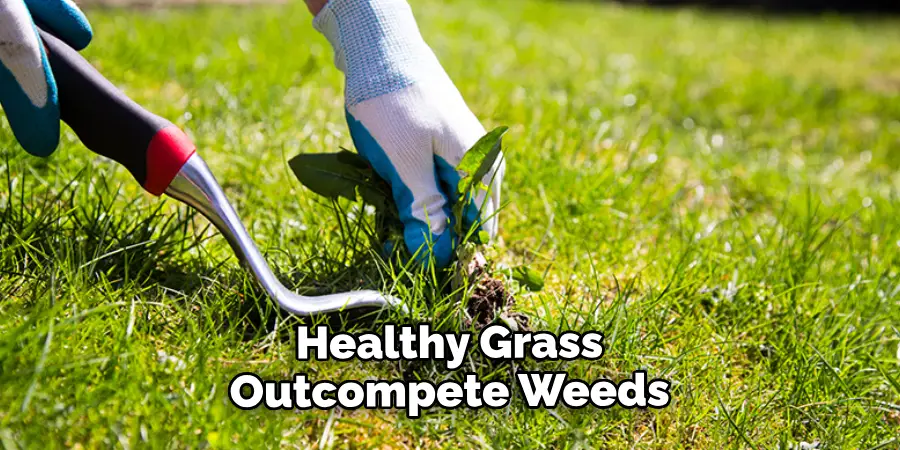
Is it Necessary to Cover My New Grass Seedlings from Frost?
It’s not always necessary to cover your new grass seedlings from frost, but it is recommended if temperatures are expected to drop below freezing. Using frost blankets or floating row covers can provide insulation and protect the seedlings from cold temperatures. Keep an eye on the weather forecast and take necessary precautions to ensure the success of your lawn.
How Long Does it Take for New Grass Seedlings to Grow?
The time it takes for new grass seedlings to grow varies depending on the type of grass and environmental factors. Typically, it can take 2-3 weeks for the seedlings to germinate and 6-8 weeks for them to fully establish themselves. Patience is key when it comes to growing a healthy lawn.
Can I Walk on My New Grass Seedlings?
It’s best to avoid walking on your new grass seedlings as much as possible, especially while they are still establishing themselves. Consider setting up temporary pathways or stepping stones until the lawn is fully established. Continued foot traffic can damage and stress the delicate blades, hindering their healthy growth.
Conclusion
Growing new grass seedlings requires proper care and maintenance to ensure healthy growth. By following these tips on how to protect new grass seedlings from frost, you can protect your seedlings from frost and help them thrive into a beautiful and vibrant lawn. Remember to stay attentive to changing weather conditions, adjust watering schedules accordingly, and have patience, as it takes time for your dream lawn to come to life.
Remember, a little TLC goes a long way when growing a healthy and beautiful lawn. So get out there and let your green thumb shine! Overall, minimizing foot traffic is important until your lawn is strong and mature enough to handle it.
We hope these tips and tricks help you grow a beautiful, thriving lawn. Now, go out there and enjoy your green oasis! Remember to stay vigilant and take preventative measures to protect your new grass seedlings from potential threats, but also have patience as it takes time for a lush lawn to grow.
About
Outdoor Fixes is a distinguished figure in the world of Diy design, with a decade of expertise creating innovative and sustainable Diy solutions.
His professional focus lies in merging traditional craftsmanship with modern manufacturing techniques,
fostering designs that are both practical and environmentally conscious. As the author of diy,
outdoorfixes delves into the art and science of outdoorfixes-making, inspiring artisans and industry professionals alike.
Education RMIT University
(Melbourne, Australia) Associate Degree in Design (Outdoor Fixes) Focus on sustainable design, industry-driven projects,
and practical craftsmanship. Gained hands-on experience with traditional and digital manufacturing tools, such as CAD and CNC software.
Nottingham Trent University
(United Kingdom) Bachelor’s in outdoorfixes.com and Product Design (Honors) Specialized in product design with a focus on blending creativity with production
techniques. Participated in industry projects, working with companies like John Lewis and Vitsoe to gain real-world insights.
Publications and Impact
In diy, Outdoor Fixes his insights on indoor design processes, materials, and strategies for efficient production.
His writing bridges the gap between artisan knowledge and modern industry needs, making it a must-read for both budding designers and seasoned professionals.

